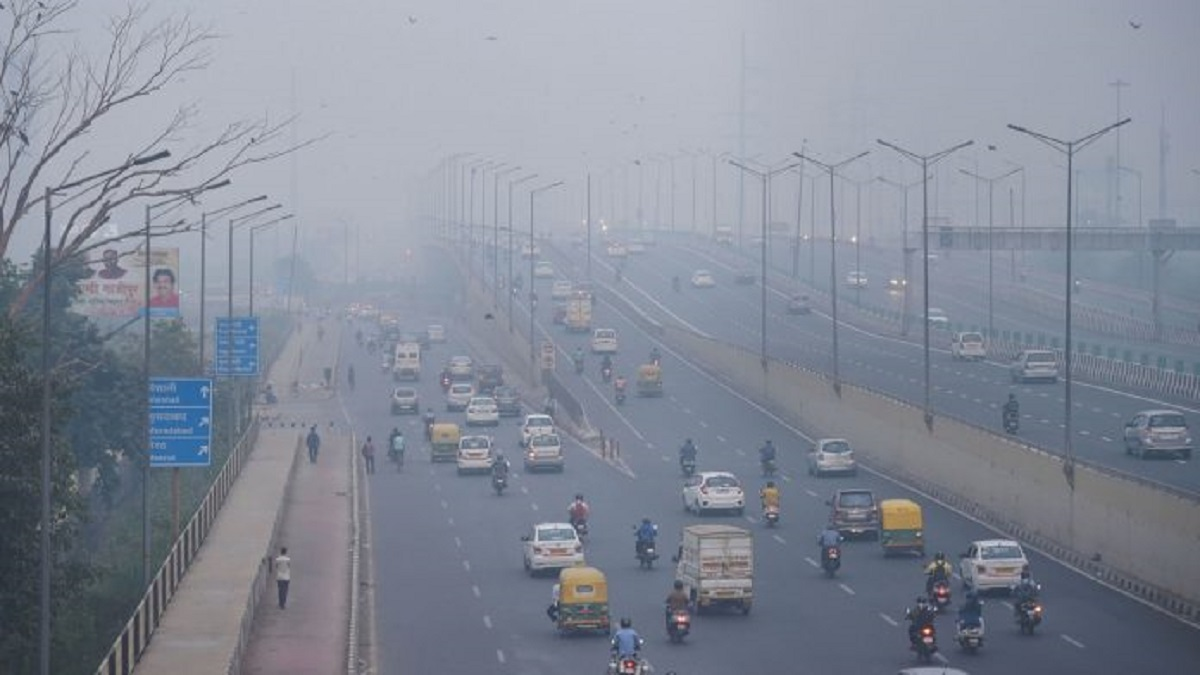
New Delhi: On Friday morning, the air quality in Delhi-NCR was reported to be in the ‘very poor’ category, with a noticeable layer of smog covering the area.
The Central Pollution Control Board (CPCB) recorded an average Air Quality Index (AQI) of 371 in Delhi by 7:15 a.m. Other NCR areas reported AQI levels as follows: 263 in Faridabad, 281 in Gurugram, 274 in Ghaziabad, 234 in Greater Noida, and 272 in Noida.
In seven locations within Delhi, AQI levels exceeded 400, with readings of 410 in Anand Vihar, 411 in Bawana, 426 in Jahangirpuri, 402 in Mundka, 410 in Nehru Nagar, 402 in Shadipur, and 413 in Wazirpur, indicating severe pollution. Many other parts of the city also fell into the ‘very poor’ category, including 389 in Alipur, 395 in Ashok Vihar, and 369 in Chandni Chowk.
According to CPCB guidelines, an AQI of 200-300 is classified as “poor,” 301-400 as “very poor,” and levels above 401 as “severe” or “severe plus” depending on the specific range.
In response to the pollution crisis, the New Delhi Municipal Corporation (NDMC) initiated overnight cleaning and road sweeping efforts. After a period of severe pollution, the air quality slightly improved to ‘very poor’ levels, although many areas still reported severe AQI readings.
To combat the pollution, the central government has introduced staggered working hours for its employees, as advised by the Union Ministry of Personnel. Employees are encouraged to carpool and use public transport to reduce vehicular emissions. Work hours will now be from 9 a.m. to 5:30 p.m. or 10 a.m. to 6:30 p.m.
In light of the ongoing pollution issue, the Commission for Air Quality Management (CAQM) has updated the Graded Response Action Plan (GRAP), implementing stricter measures. Under the revised regulations, physical classes for students up to Class 5 are suspended during GRAP Stage 3, while classes up to Class 12 are paused under Stage 4. Additionally, states are required to adopt staggered timings for public offices to alleviate traffic congestion and emissions, with recommendations for individuals to wear masks outdoors when air quality is hazardous.
